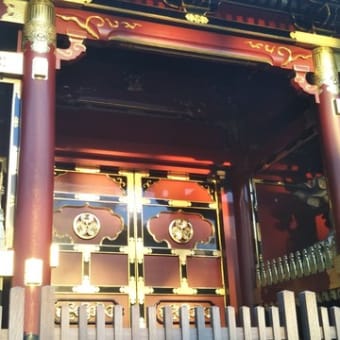Philip Ramsden, Teach Yourself: Finance for Non Financial Managers:Hodder Headline, 1996
prepayment/accrual
gearing
invoice(送り状)
historic cost ➡ worth now
stock accounting three valid method
1)FIFO first in first out
2)LILO last in last out
3)average cost
gross profit
overheads: staff cost, depreciation and indirect cost
indirect cost: stationary, equipment hire, legal fees, bank charges
depreciation
the straight line method
the reducing balance method
the bottton line: the final profit
PBIT: the manager may prefer PBIT
goodwill: the diference the pays to acuire another company and the book value of assets of the purchased company
current assets: cash trade debtors, prepayment, stocks(=inventory)
current liablities: trade creditors
working capital : current assets - curent liabilites
equity: what is owed to the shareholders or owners of th eorganization
capital: initial and subsequent ibvestments by the owners, retained profit , revaluation reserve,
preferce share(a hybrid fo equity and debt)
current ratio= current assets/current alibbilities
quick ratio=(current assets- stocks)/curent liabilities
debtor days= (debtors/sales inthe year) × 365 ➡ the lower the better
stock turnover=cost of goods sold/stock
gearing=loans/(loans+equity capial)
interest cover=(PBIT)/interest charged ➡ the higher the better
users of financial information: stakeholders: competitors, customers, customer(long term viability of their supplier), employee, bankers, suppliers and creitd agencies, investment brokers, city analysts, financial press
other sources; trade exibitions, trade associations, visit the company, customers and suppliers, the media nonfinancial news
direct costs: the prime cost:those associated with the making the product
indirects cost: supervisors, inspectors, testers, heating and lighting, sales and marketing, addministration
variable cost
fixed cost
marginal cot: viable costs divided by the putput
full cost full costing, absorption costing
break even analysis















